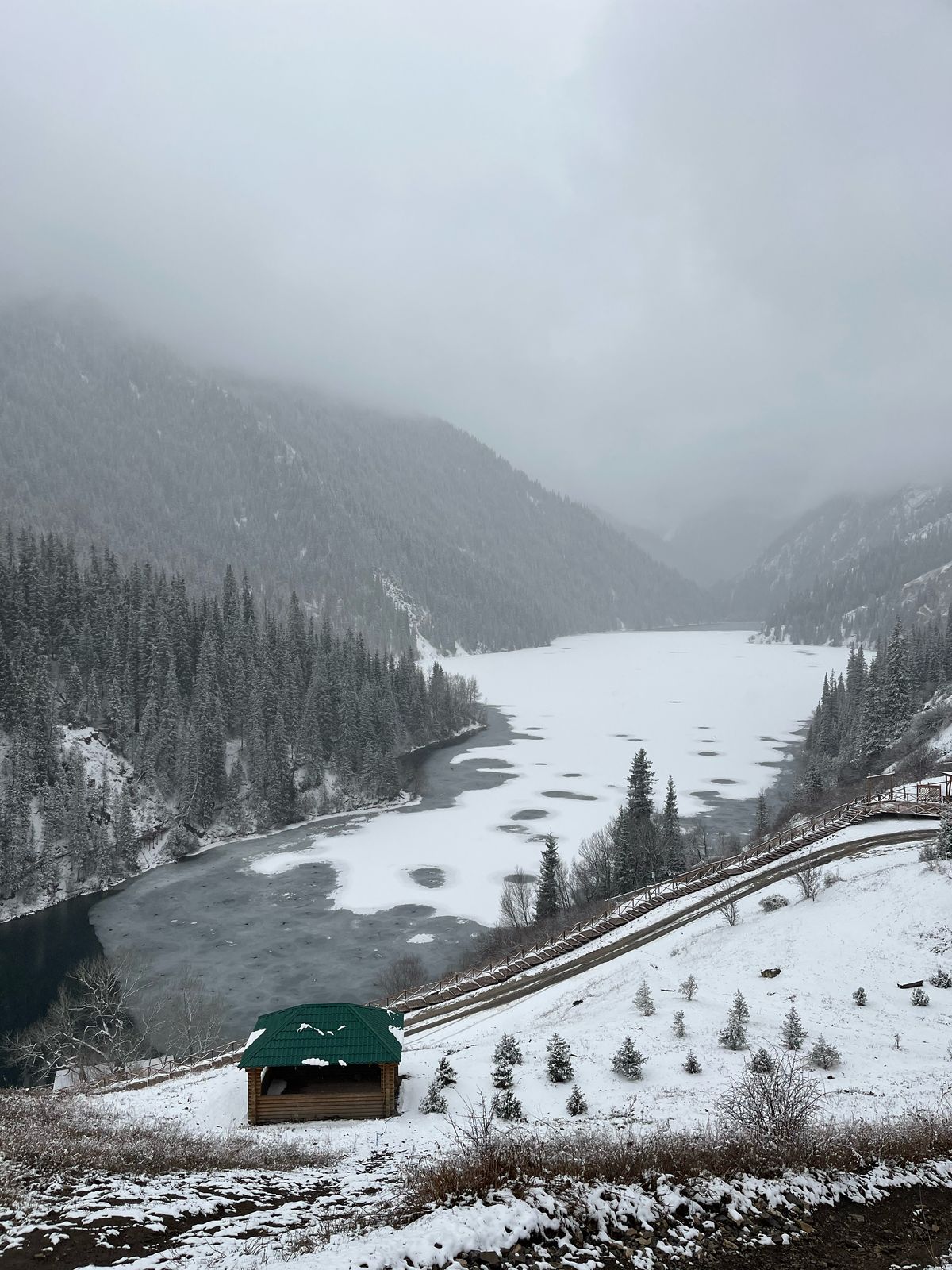Monsoon is here. The air smells different — cleaner, softer, like it has rinsed itself of the dust and decisions that usually hang in it. The temperature has dipped just enough to make stepping outside feel like a small gift rather than a chore. Running in light rain changes everything about the experience. The usual mental chatter about pace, distance, and performance fades when you're focused on the simple sensation of water hitting your skin. Each step feels different on wet pavement, more deliberate somehow, and the world around you becomes more immediate. Cars move slower, people duck under awnings, and there's this shared understanding that normal rules don't quite apply when it's raining. The evening run I took today felt less like exercise and more like participation in something larger. The rain wasn't heavy enough to be inconvenient but present enough to make me aware of my body moving through space, of breathing air that actually felt fresh rather than recycled through air conditioning systems.
Monsoon season in India carries weight beyond just weather patterns. It represents renewal, the end of oppressive heat, and the beginning of a different rhythm of life. Farmers depend on it, children play in it, and adults remember what it felt like to be excited about something as simple as water falling from the sky. Living in cities like Gurgaon, we tend to see rain as either a blessing for the air quality or a curse for traffic conditions. But today reminded me that rain exists in a space between those extremes, in moments when it's just rain, without needing to be anything more or less than what it is. The monsoon doesn't care about our schedules or our plans, which is exactly why it's worth paying attention to.
There's something fundamentally grounding about being caught in rain, even light rain, even when you've chosen to be in it. It connects you to the most basic fact of being alive on this planet, sharing space with weather systems that have been cycling through the same patterns for thousands of years. The rain that hit my face during tonight's run is part of the same water cycle that has been feeding rivers, filling lakes, and sustaining life since long before humans started building cities and worrying about productivity metrics. This perspective doesn't solve any problems or make Monday morning meetings more bearable, but it does provide a brief break from the constant noise of modern life. Sometimes that's enough.
Taking rain seriously without taking yourself too seriously might be one of the more useful skills we can develop. Rain will happen regardless of our preferences, our schedules, or our mood. We can choose to see it as an interruption or as a momentary invitation to slow down and notice things we usually miss. The evening drizzle in Gurgaon today wasn't particularly dramatic, but it was real and immediate and free. Monsoon season has officially arrived, and with it comes the opportunity to remember that some of life's better moments require nothing more than stepping outside and letting the weather happen to you. The rain doesn't need us to find it meaningful, but we seem to need it to remind us that meaning can be found in the simplest interactions with the world around us.





